You guys may remember that a few weeks back I did a post where I referenced a show where one type of fungus was shown, but another type actually used for the fire lighting. Well, I was out and about and figured I would pick up two of the most often confused fungi and give you a quick comparison.
To be specific, here I am talking about tinder fungus that can be ignited with flint and steel. Please keep in mind that flint and steel is not the same as a ferrocerium rod, which is a modern invention.
Let me start out by saying that if you look hard enough, you will find someone who with enough effort and luck has managed to ignite just about anything. While I don’t want to discredit such achievements, they are not particularly realistic when in the woods. Here I will discuss tinder that will actually easily and repeatedly catch a spark from flint and steel.
The two fungi that immediately pop into the picture when discussing flint and steel fire lighting are Chaga (Inonotus obliquus) and Horseshoe Fungus (Fomes fomentarius). The two often get confused when talk of tinder fungus begins. While both can serve in that role, only one can be used without any preparation.
Chaga (Inonotus obliquus)
Chaga is most often found on birch trees, but can grow on other trees as well. The fungus has an outer appearance like burnt wood or coal, and actually grows into the tree as well as on the outside.
When broken off, it reveals an orange interior that looks like cork.
It is this inner material that is capable of catching a spark from a flint and steel. It does not require any preparation other than drying and getting the pieces into appropriate shape.
Horseshoe Fungus (Fomes fomentarius)
Horseshoe fungus, sometimes also referred to as horse’s hoof fungus, grows on a variety of trees. While the main body of the fungus is on the outside of the tree, it actually penetrates the bark of the tree causing damage to it. The fungus can very in color from almost white to almost black. In my experience it is a lot more common than Chaga.
This fungus can also be used to catch a spark from a flint and steel, but it requires extensive preparation.
While the fungi look very similar on the inside and it may seems like they would be equally capable of catching a spark, they are not.
Unlike Chaga, the large inner area of the Horseshoe Fungus is not actually the area which is used for tinder. The part of the fungus that is useful is a thin layer between the outer shell and the inner part of the fungus. In the picture below it shows as a lighter yellow band running along the outer shell.
Once the area is removed from the fungus, it is traditionally prepared by pounding it into this layers and then boiling it in lye for about 12 hours or soaking it in the solution for several days. Then the material is dried. Only then is it ready for use. Once prepared it is referred to as Amadou. The preparation process is much more extensive than with Chaga.
Now, all that being said, I have seen people light the removed tinder area from Horseshoe Fungus just after drying it. I’ve only seen it done with certain species that have a particularly thick area of this material. However, I stick to the traditional preparations for each fungus because when out in the woods you need to have tinder that works every time without fail.
All of the above aside, I want to dispel the perception which seems to exist that you can just go into the woods, grab some fungus from a tree and light it with your knife and a piece of flint rock. That is a recipe for failure.
Please remember that fungi are living organisms. As living organisms they actively process water and circulate it through the body of the fungus. Even though some fungi may look like dried pieces of wood, in reality they are full of water. Trying to light a freshly removed piece of fungus will likely result in failure. No matter which fungus you try to use, you will have to spend at least a day drying it out in good sunlight.
Lastly, I have only mentioned the two tinder fungi that come up most often in the northeastern United States where I roam about. There are many other examples from other parts of the country and the world with which I don’t have too much first hand experience. Use the resources that are available to you in your area. Having Chaga shipped you you from another part of the world so you can use it as tinder in some ways misses the point. There are certainly fine local examples of tinder that can be learned.
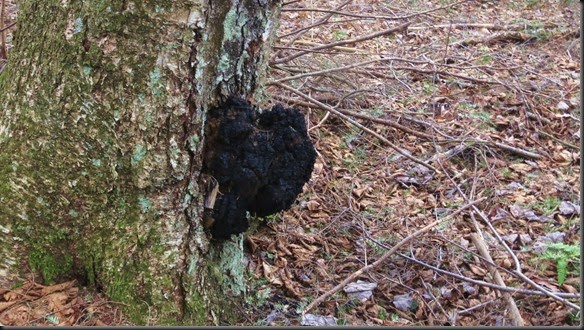
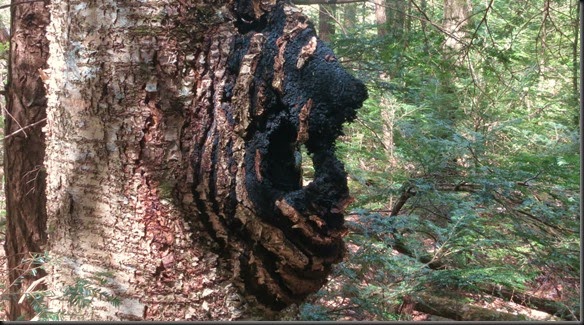
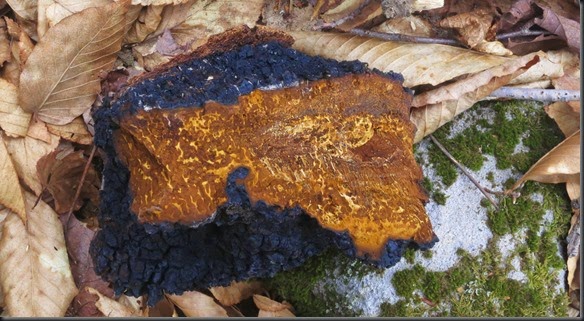
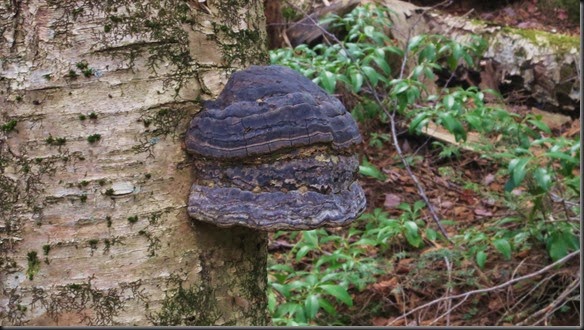
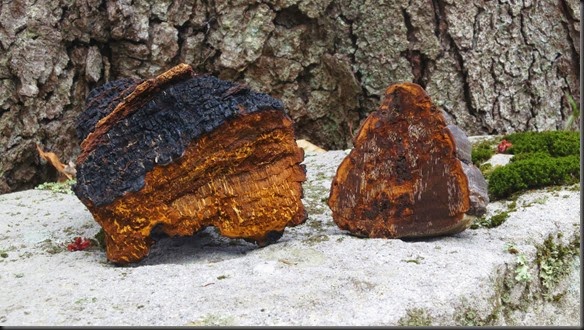
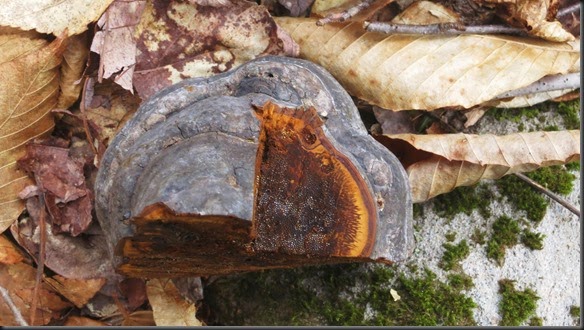
No comments:
Post a Comment